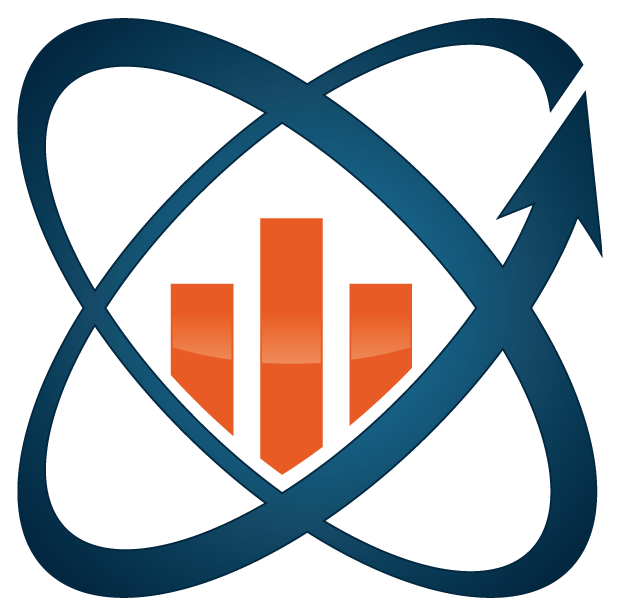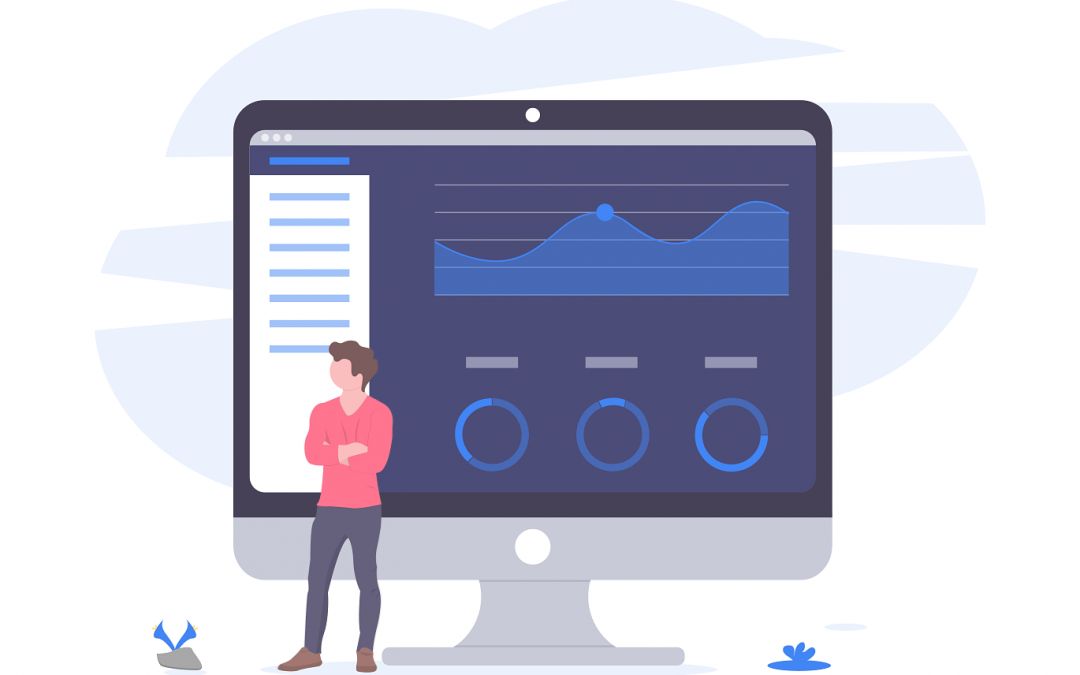You want to determine the right pricing strategy for your business objectives, and then implement those strategies in the right way to maximise profits? As you may have already realized that requires you to be in command of a complex web of competing factors and considerations.
The solution: by bringing a variety of financial and market data together in one place, pricing software products provide users with the tools they need to understand their pricing requirements, evaluate different pricing models and adjust policies flexibly in response to changes in demand, competition and other market forces for optimum impact.
Pricing is fundamentally important to business success. But it is far from an easy thing to get right.
a recap of the basics of pricing
A few blog posts ago, we outlined the basics of why pricing is crucial to every company. Compared to other factors like cost control and increasing sales volumes, pricing has a proportionally bigger impact on profitability than any other financial variable at a company’s disposal.
But while higher prices can lead to higher profits, they also tend to have a detrimental impact on demand. The law of supply and demand teaches us that, as prices go up, fewer and fewer consumers are willing to buy. The precise relationship between rising prices and falling demand varies from product to product, market to market and brand to brand.
Businesses use mathematical models known as demand curves to forecast projected sales at different price points, and therefore work out the optimum ‘sweet spot’ where price and volume will return the highest revenues. Increase price any further past this point and the continued fall in sales will start to have a negative impact on profits.

Even then, we’re still only dealing with the bare bones of pricing. Demand curves are not stable and to maintain the ‘sweet spot’, companies have to account for a host of variable factors that influence the relationship between price and demand, such as consumer tastes and habits, competitor behaviour, seasonal fluctuations and so on.
It is also common for businesses to work with several different demand curves simultaneously, for different markets, demographics and channels, trying to juggle a variety of different optimum price points which are all liable to change over time while still maintaining consistency.
And then, finally, we get onto the issue of pricing strategies, or the use of pricing to achieve specific business and marketing objectives. Vendors looking to grab market share, for example, may delay concerns about profitability and adopt a discounting strategy to attract customers, adjusting prices upwards at a later date when they have an established foothold in the market.
Pricing also has a strong influence on brand identity and reputation. Some brands purposefully stick to high price points in full knowledge that they put off the majority of consumers. The intention is to tap into demand for exclusive, high quality, aspirational products. You might only attract 10% of the market, but that 10% is prepared to pay enough per item to support very high margins.
On the flipside, discount brands rely on a reputation for value to drive high sales volumes, but at the expense of very low margins per item.
pricing software combines the complexity with considerable benefits
Given that brief overview of pricing, it’s clear that it is not a straightforward thing to get right. Choosing the right strategy, forecasting demand, accounting for external market variables which will impact on sales volumes, revenue and profitability — this all requires commercial businesses to have their finger on the pulse of various sources of data and intelligence, many of which are liable to fluctuate considerably over time. It is this complexity, and the considerable benefits of taking a truly dynamic approach to pricing optimisation, that recommend pricing software platforms to any business looking to get the most from pricing.

pricing in the cloud
In the digital age, the world has become more agile and dynamic. Consumers are used to the convenience of having dozens and dozens of purchasing options literally at their fingertips. It doesn’t take much for someone to switch from one brand or one retailer to another — a negative customer service experience, a recommendation from a friend on social media, spotting a better price through Amazon or Google.
Similarly, with so many channels available to reach target markets, commercial operators have never had so many opportunities to reach new audiences and make grabs for share with creative pricing and service offers. Competition has accordingly never been so fierce.
In this fast-paced environment, businesses have to be increasingly agile and dynamic about pricing, too. That is why pricing software which can process and interrogate vast quantities of available data efficiently, making accurate predictions and adjusting according to fluctuating variables in rapid time, is becoming more and more popular. Instead of having to wait for signs that a pricing strategy is no longer working and reacting once ground has already been lost, pricing platforms allow businesses to proactively stay ahead of the curve.
The emergence of pricing products stems from the revenue management solutions that evolved in industries like hospitality and aviation. For these two sectors, the internet represented a major disruption of decades-old business models. Instead of controlling sales of flights and hotel rooms through a few carefully selected and managed retail partners, ecommerce suddenly meant that there were dozens of different places to buy seats and rooms available online, often through sources not controlled by the airline or hotel chain, and with a variety of different price points.
The response of the smartest airline operators and hoteliers was to apply careful analysis of sales at different price points to determine who bought at what prices and when, based on the understanding that the elasticity of demand (how prepared people are to pay more for a product) changes as availability drops. Armed with these insights, revenue managers at airlines and hotel operators were able to develop variable pricing strategies which maximise yield by adjusting price over time in line with changing availability, and targeting different demographics each time.

This kind of approach therefore represents a way of optimising revenue/profitability through data analytics and flexible pricing. This is central to how th!nkpricing works. But the key difference is that our software is being designed to model a variety of different pricing strategies so you can come up with the best possible approach for your different product lines. It therefore works at a level above revenue management, applying in-depth analysis and modelling to pricing strategy as well as to the pricing policies you implement over time.
The accessibility and flexibility of a cloud-based pricing platform has many benefits for businesses, but the main ones include:
- It helps businesses to fully appreciate the impact of pricing on their performance with clear statistical visualisations and simulations based on real business data.
- It allows brands to dig deep into the effectiveness of their pricing and easily find alternative solutions that deliver a greater impact, capitalising on opportunities they may otherwise have missed.
- It delivers definitive comparisons between different pricing strategies based on robust business intelligence.
- It supports the kind of speed and agility in pricing decisions that companies increasingly need in ultra-competitive, fast-paced markets, helping them to respond quickly to changing conditions.
- It provides a bedrock for businesses to continually assess and improve their pricing strategies over time, with robust real-time monitoring supported by visual reporting that helps to identify and analyse patterns over times that can inform beneficial adjustments.
. . .
We will be digging deeper into how to use these tools to take advantage of pricing opportunities and build a long term pricing strategy in future blog posts.
th!nkpricing is a brand of Smart Pricer. We are making professional pricing accessible to everyone by offering a platform to understand, simulate, and optimize your pricing with machine learning-driven algorithms and advanced demand prediction.
Want to stay in the loop and become a #pricinghero? Subscribe to our thinkpricing newsletter to not miss any upcoming blog posts.

